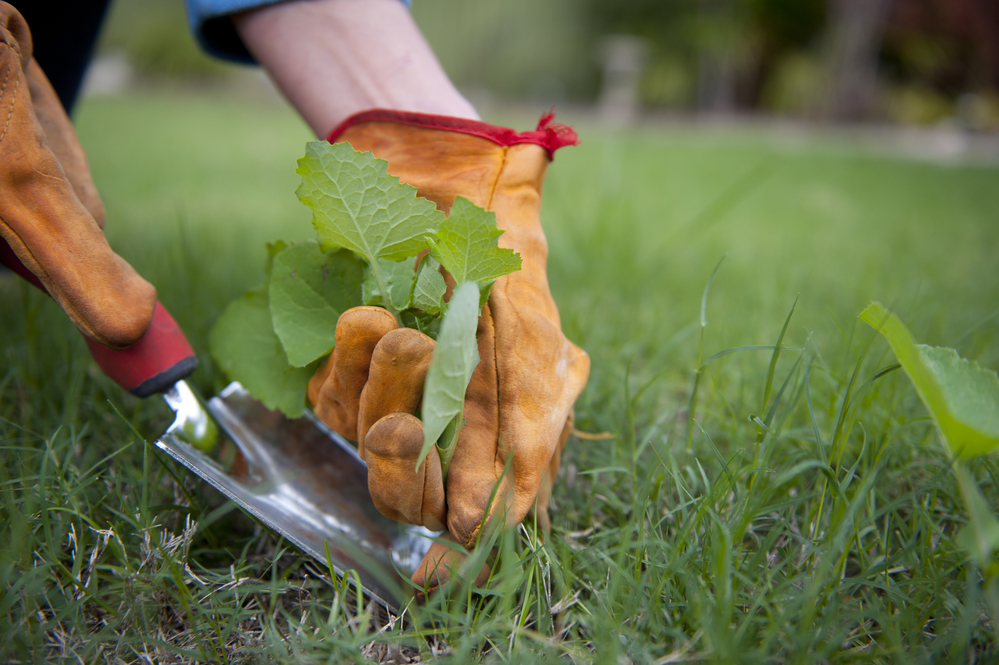While your yard might look like it’s slumbering in January, actually, it’s preparing to burst into springtime finery. You might already see buds on your lilacs. Tiny leaves of tulip bulbs may be pressing through the soil. Your yard is gearing up to grow.
So, now that you’ve got the holiday decorations packed away, why not take a wander through your yard, to see what you might do to improve it in the coming months? Now might be the time to put in some pavers or a new patio. You might want to add a hardy, non-invasive ground cover. If you’ve neglected to prune, now’s the time. Reapply mulch around your plants. Or, if it’s time for a complete overhaul, you might want a landscaping consultation with Levy’s Lawns and Landscaping.
Here are a few other tips for your yard, while winter surrounds the landscape:
- Spend a few minutes each day eliminating weeds. Those pesky plants seem to grow year round, heedless of seasons. Taking the time to pull them while their growth is slow will keep your garden happy.
- Do you have plants in containers? Now’s the time to spruce them up. Remove dead leaves, flowers and branches, especially on pansies. Leaving them can encourage gray mold in our rainy climate.
- Purchase seeds for your veggie garden. While lettuce and radish seeds can remain viable for up to three years, other plants, such as parsnips, onions and chives, should be purchased annually.
- While you’re at it, start your garden plan. Consider planting beneficial plants next to one another. For example, the roots of broccoli, kale and other cabbage family members release chemicals that inhibit some soil-borne diseases. Additionally, plants such as comfrey and borage guard against fungal attacks, rust and other diseases. Plant basil around your lettuce, peppers or tomatoes to discourage flying insects. Aromatic herbs, nasturtiums and marigolds work well around cabbages. And garlic, onions and chives help protect against black spot on roses and scab, the dark brown or black lesions on apples and their leaves. Attract beneficial insects by planting fennel, lavender, dill, rosemary and mint.As for your veggie garden, top plants for the Pacific Northwest (for ease of culture, ease of storage and desirability) include Pole snap bean, Snow/snap pea, Potato, Garlic, Cherry tomato, Summer squash, Swiss chard, Lettuce, Onion, and Carrot.
- Go through your garage or storage shed and eliminate unwanted or old pesticides. Visit www.lhwmp.org for information on safe disposal.
- If it snows, make sure and remove it from your shrubs to keep them from breaking.
- Water your yard deeply when the temps are above freezing. This helps keep them from drying out.
- Add a color boost to your winter garden. Check with your local garden supply to find hardy winter plants that bloom when the temperatures are low. Some favorites are the yellow blossomed Oregon grape Mahonia x media ‘Arthur Menzies,’ hellebores, sasanqua camellias and strawberry tree (Arbutus unedo).
- If you haven’t already done so, add a few bulbs while you’re at it. Both snowdrops and aconite are a couple of the first to bloom.
Here’s to happy gardening and flourishing in the months to come!
